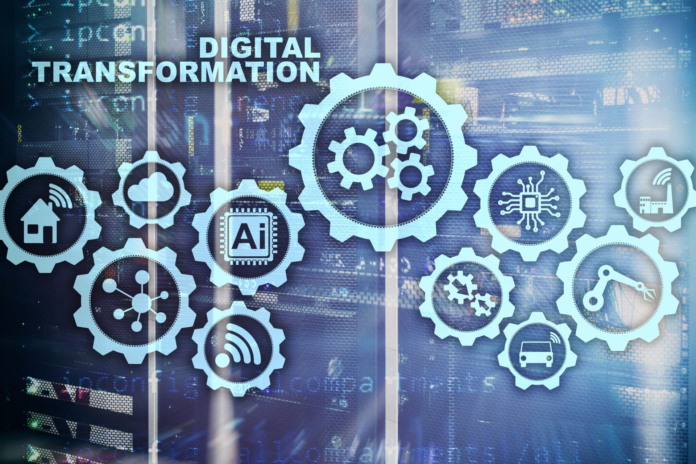The evolution of digital payments is rapidly transforming the US financial landscape, driven by innovations that prioritize speed, convenience, and accessibility. Key trends shaping this transformation include:
Mobile Wallets and Digital-First Banking
Mobile wallets and digital-first banking solutions are gaining significant traction, offering unparalleled convenience to consumers. In the US, 9 out of 10 Americans now use digital payment options like QR codes, digital wallets, and instant peer-to-peer (P2P) payments. This shift towards digital-first solutions is reshaping how Americans manage their finances and make transactions.
Real-Time Payments (RTP)
Real-time payment systems are revolutionizing the speed and efficiency of financial transactions:
- The US Federal Reserve launched FedNow in July 2024, joining The Clearing House’s existing RTP network to accelerate instant payment adoption.
- RTP enables 24/7 availability, allowing users to send and receive payments at any time, even on holidays.
- Benefits include improved liquidity management, enhanced transparency, and better reconciliation through ISO20022 data standards.
Phygital Experiences
The future of banking is becoming increasingly “phygital,” blending physical and digital experiences to meet diverse customer needs. This approach combines the convenience of digital services with the trust and security associated with traditional banking methods.
AI-Driven Fraud Prevention
Artificial Intelligence is playing a crucial role in enhancing payment security. AI-powered systems are setting new benchmarks for fraud detection and prevention, making digital transactions safer for consumers and businesses alike.
Cross-Border Real-Time Payments
The globalization of real-time payments is addressing the challenges of complex and slow cross-border transactions. Initiatives like Singapore’s PAYNow linking with Thailand’s PromptPay demonstrate the potential for seamless international transfers.
As these trends continue to evolve, they are collectively making financial transactions faster, more convenient, and increasingly accessible to a broader range of consumers and businesses in the United States.


